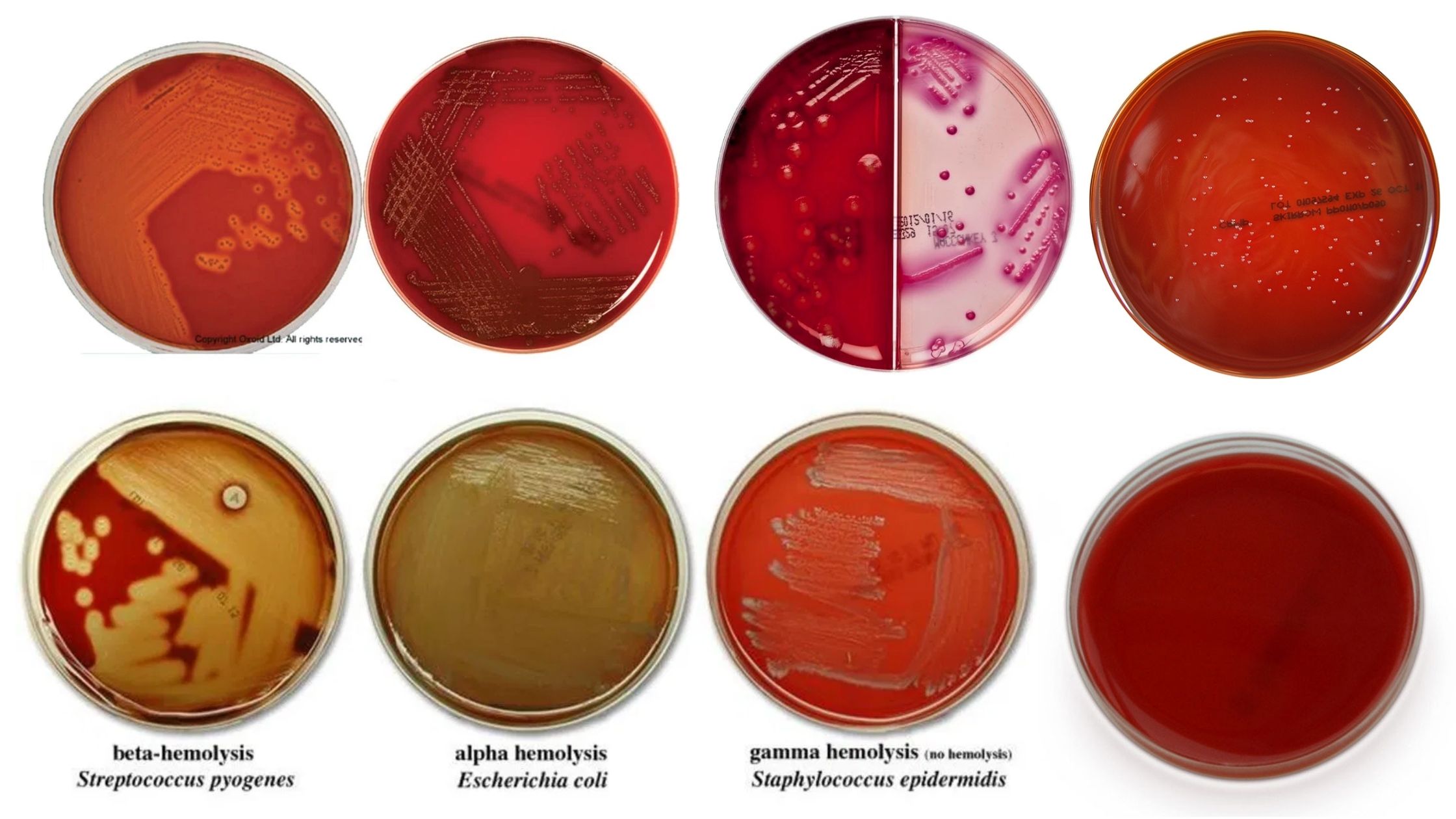Mannitol Salt Agar (MSA) – Composition, Principle, Preparation, Results, Uses
Mannitol Salt Agar (MSA) is utilized as a differential and selective medium to isolate and detect Staphylococcus aureus in clinical and non-clinical samples. It is recommended for identification and enumeration of coagulase positive Staphylococci that are present in milk, food as well as other specimens. MSA also promotes an increase in the number of particular group of specific bacteria, while limiting the growth of other bacteria.








